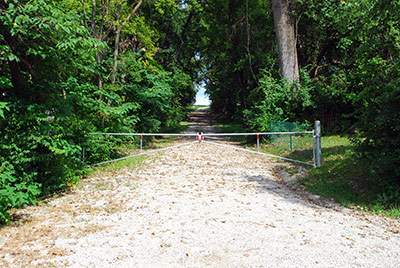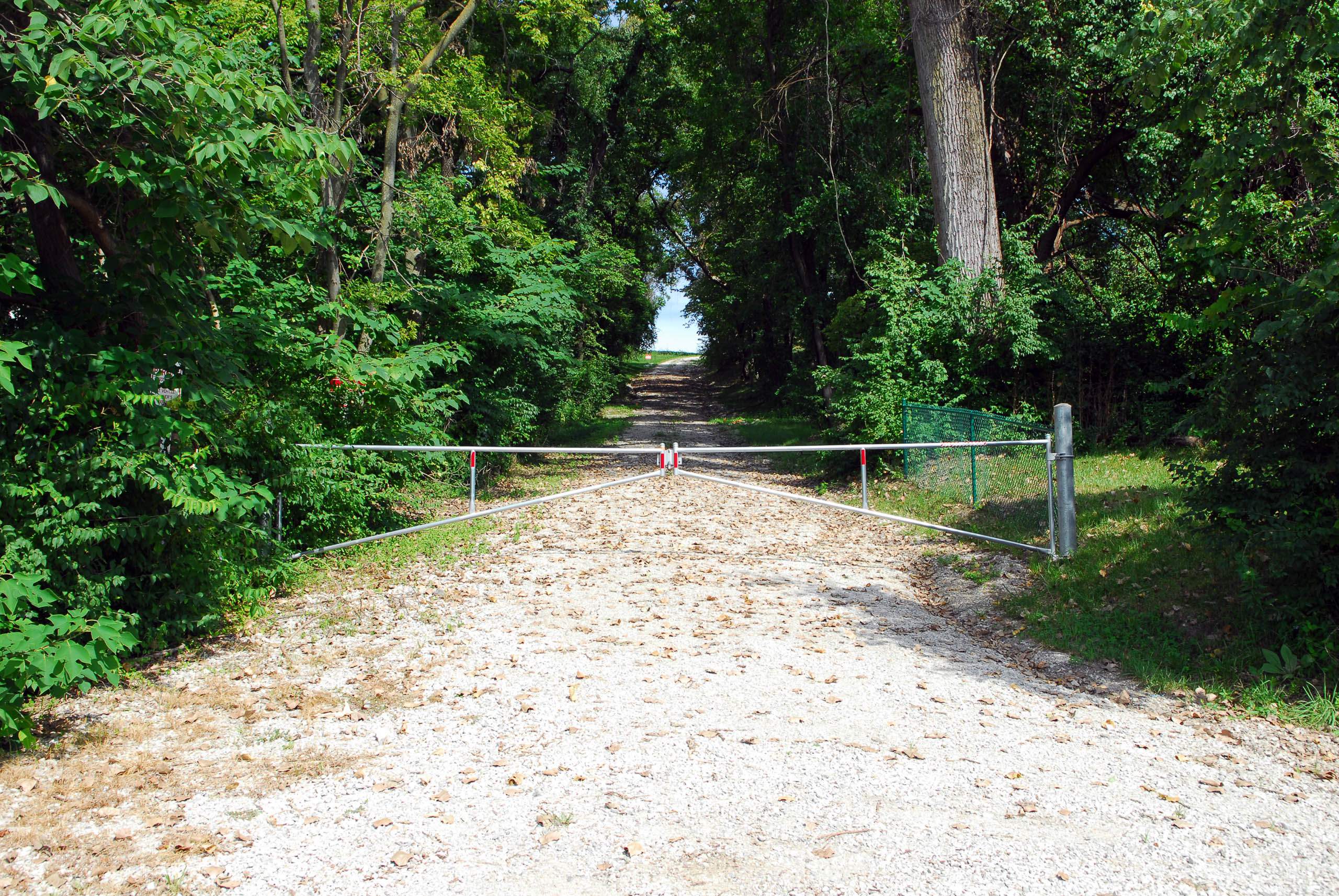



One of the more prominent mounds in the region sits 175 feet atop the edge of the bluffs and overlooks the American Bottom. Sugarloaf Mound shares its name with at least three other mounds in the region, and was a very common moniker given to geographic features around the world in the naming frenzy of the nineteenth century. The mound shares a certain similarity of shape with the tall, conical lugs of sugar that were sold through the nineteenth century until the early twentieth century, when granulated and cubed sugar became more popular.
As a well-recognized local landmark, the US Coast and Geodetic Survey decided to piggyback on its visibility and height by locating one of its first-order survey stations atop the mound. As with Clark’s Mound further to the south, the surveyors marked the station with both a surface monument and an underground mark—in this case a buried earthenware pyramid. Given the siting of this particular monument on a well-known mound, the general description of the mound complexes as America’s “pyramids,” and the common nickname of the American Bottom as “Egypt,” it is hard not to reflect on the formal and philosophical meanings latent in burying a pyramidal-shaped vessel three and a half feet into an historic Indian mound.